nihontocraft@bellsouth.net
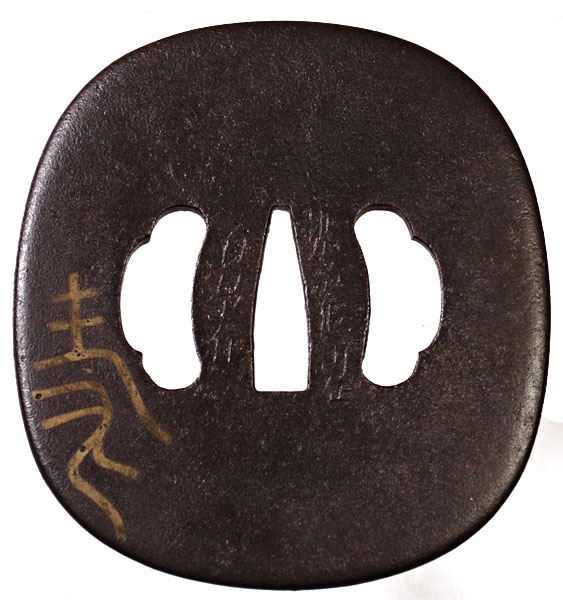
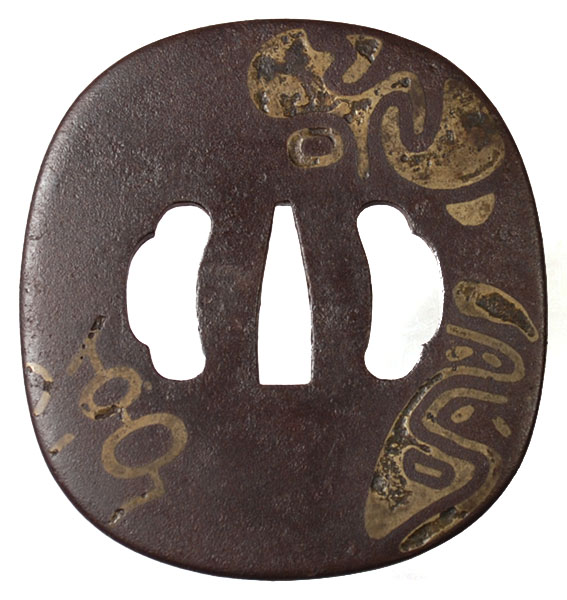
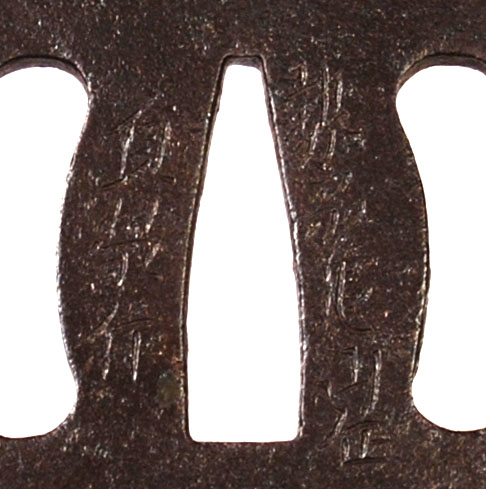
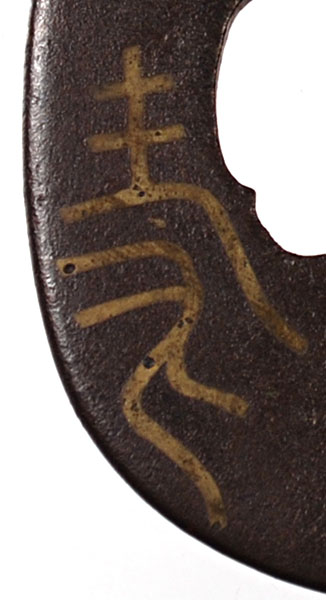
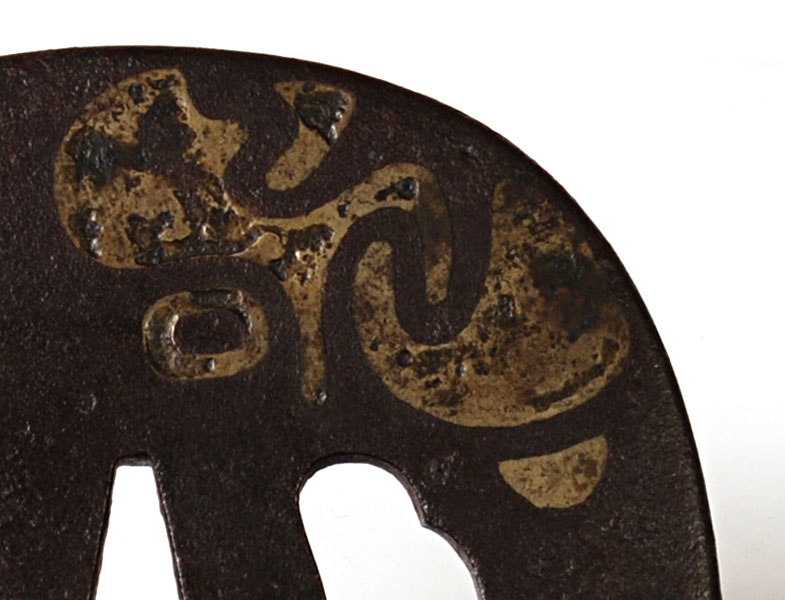
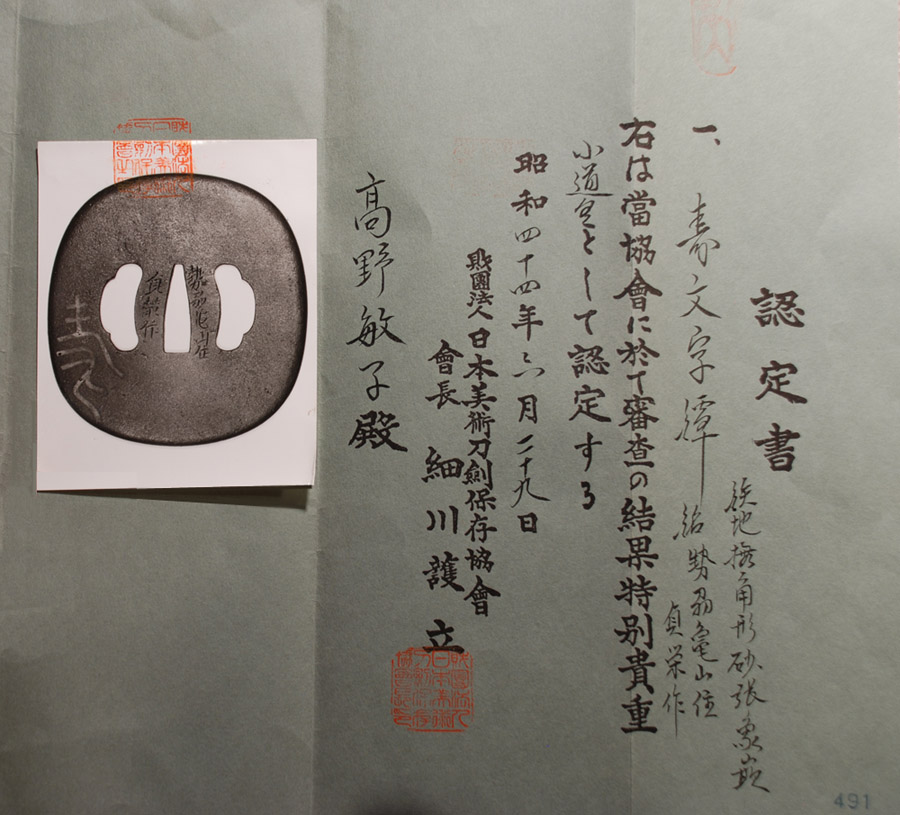
Characteristics of Sahari Inlay Tsuba:
Shape: round, goishi gata, (shape of a go piece), and most other shapes.
Plate Metal: iron, of about the same hardness and quality as would be used in the making of gun barrels. Soft metals such as shakudo, brass and copper were also used.
Edge: round or kakumimi koniku.
Hitsuana: common Edo age shape.
Thickness: average Edo age thickness.
Inlay: sahari, but also gold, silver and copper were used as additional inlay.
Sukashi: openwork is very rare, the majority of the decoration is on flat plate.
The most important aspects of the tsuba of this school are the well-tempered iron and the excellent inlay. The plate may be made of soft metal, but these pieces do not have the proper feeling that the sahari inlay obtains when the plate is of iron, the kawarigane tsuba of this school are purely decorative and below the quality of those of iron plate.
Because it was necessary for the plate to be polished, much of the hammered surface was removed, but the good quality of the iron is still apparent.
The most common designs are radish, noshi, daffodil, kanji, yoshi no gawa, (chrysanthemum on water), seaweed, and devil mask. There are two styles used to represent the above designs. In one, large amount of sahari inlay are used covering a majority of the web area. The second style uses less inlay, with designs of fine lines covering only a portion of the web area.
The signature will be of the following types:
Teiei, or Masataka, rarely Hazama.
Seishu Kameyama (no) Ju Kunitomo Masataka
Joshu Yodo ni oite Kunitomo Teiei Saku
Seishu Sakura ni oite Kunitomo Teiei
Seishu Kameyama (no) Ju Kunitomo Teiei, dated Genroku 15 (1702) in August. Also, with the same signature, Kyoho 2 (1718).
Teiei and Masataka seem to be brothers, or perhaps father and son. The signature Hazama should be considered as that of Masataka. The reasons for the use of this signature are not clear. It might have been a former name of the Kunitomo family before they resided in Kunitomo. They may have come originally from Hazama. This would seem to be the best explanation. Hazama means a narrow place between the mountains. It would seem that the early signature was either Hazama or Masataka, and in later life the signature becomes longer and the dates were added. The relationship of these artists is rather uncertain at the present time.
Sahari Inlay:
This inlay is made from a combination of copper, tin, zinc, and lead. The mixture is then made into the shape of a stick, otherwise it could not be used as an inlay material. The stick is ground to powder and the powder is placed in the crevices on the plate that have been engraved to form the design. Then the powder is melted by fire. After the alloy has melted, and filled the areas of the design, the excess is filed from the plate and the surface is polished smooth to the face of the plate. In the old days the melting was done over a charcoal fire. Today several methods are used in the application of sahari inlay. Some artists prefer to melt the stick of alloy directly on to the plate, others still use the powder method. Because the alloy fills the area of the design unevenly, and air pockets are left in the metal from the melting process, the resulting inlay has a corroded appearance, but this is natural to the alloy and its method in melting. If it does not have this appearance it is not true sahari inlay. The color of the inlay may vary due to the differences in the percentage of the metals used in its mixture. The most common color is a lean color, but it may be lighter or darker than the basic tone.





